Top 10 Most Beautiful Historical Sites in Barbados
Barbados is an island country located in the western Atlantic Ocean. Although it is only a small island, when you arrive here, you will discover many ... read more...interesting places. Let's find out with Toplist the most beautiful historical sites in Barbados!
-
The first position on the list of the most beautiful historical sites in Barbados is Bridgetown. The largest and capital city of Barbados is Bridgetown. The Greater Bridgetown region, once known as The Town of Saint Michael, is situated inside the Saint Michael parish. Locally, Bridgetown is occasionally referred to as "The City," while "Town" is the most typical designation. There are approximately 110,000 people living in its metropolitan area as of 2014.
On the island's southwest coast is the Bridgetown Port, which is situated along Carlisle Bay. The Ring Road Bypass, also referred to as the ABC Highway largely delineates the Greater Bridgetown area, which abuts the neighboring parishes of Christ Church and St. James in certain places. There are daily flights to important locations in the United Kingdom, United States, Canada, and the Caribbean from Barbados' Grantley Adams International Airport, which is 16 kilometers southeast of Bridgetown.
There is no longer a local municipal administration; instead, it is a national Parliamentary constituency. Bridgetown was one of three regional capital cities that were regarded as the federal capital of the region during the brief Federation of the British West Indian Territories in the 1950s and 1960s.
Location: capital of Barbados
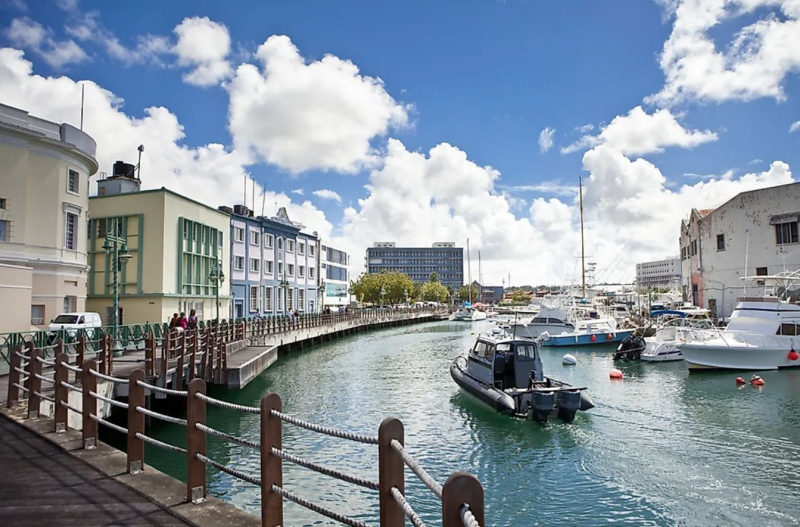
Photo: britannica.com 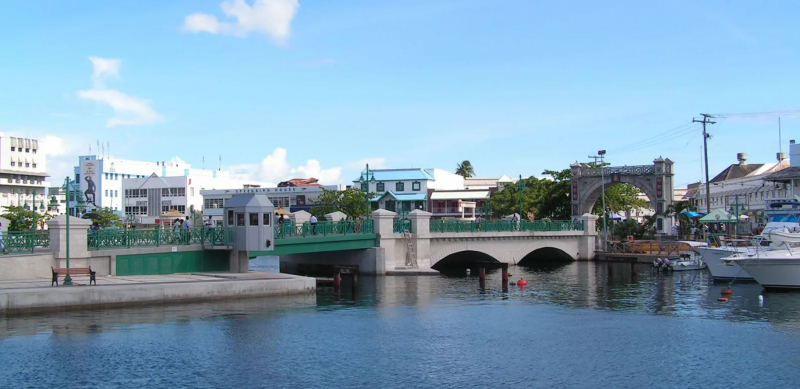
Photo: britannica.com -
St. Ann's Garrison, also referred to as "The Garrison", is a tiny neighborhood in the island nation of Barbados. This Garrison Historic Area is located just west of the village of Hastings in the neighboring parish of Christ Church, about two miles south of Heroes Square in Bridgetown, the country's capital. Due to the Caribbean islands' worth, resources, and advantageous location, Britain, France, Spain, and Holland frequently engaged in wars over them. It was crucial to fortify an island in order to stave off prospective invasions.
The western coast of Barbados was fortified, with the largest garrison in the British colonies located in Bridgetown. After St Ann's Fort was constructed in 1705, a district was created as the military expanded nearby. A barracks, horse racetrack, parade area, and commissariat were all part of the British West India Regiment's headquarters. It is a piece of Bridgetown and the Garrison, a UNESCO World Heritage Site.
On November 30, 1966, a ceremony at the storied Garrison site marked the beginning of Barbados' full independence from Great Britain by hoisting the Barbados flag and lowering the Union flag. from the UK, Barbados.
In addition to the George Washington House, there are other historically significant buildings on the property, such as the Barbados Museum and its surrounding buildings, as well as a garrison prison.Location: Bridgetown, Barbados
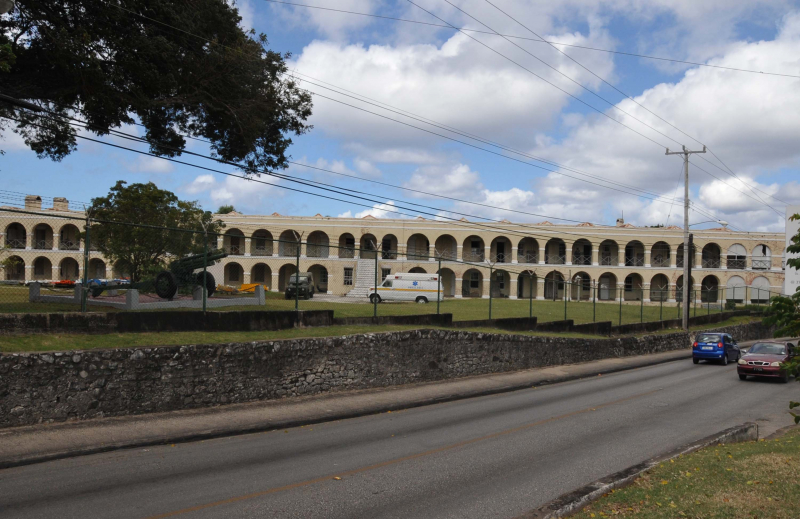
Photo: wikipedia 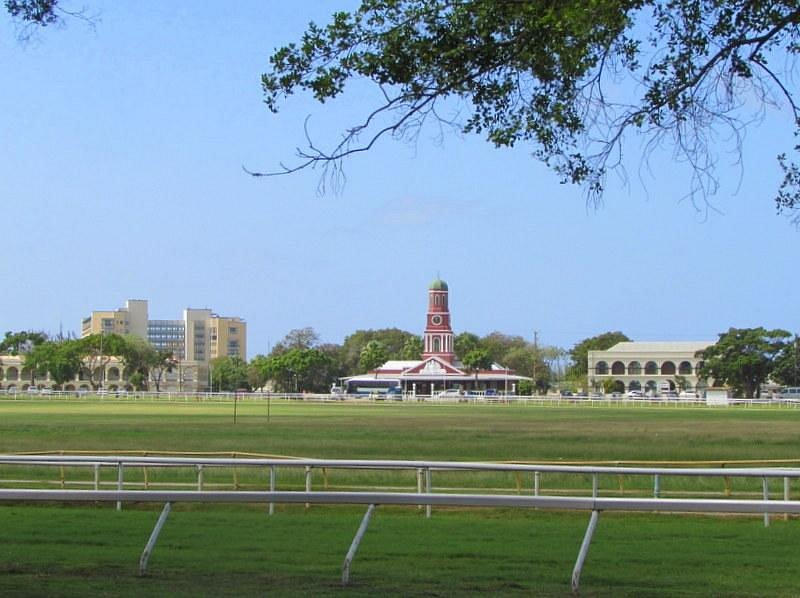
Photo: tripadvisor.co.uk -
One of the most beautiful historical sites in Barbados is St Nicholas Abbey. The plantation house, museum, and rum distillery St Nicholas Abbey is situated in Saint Peter, Barbados. The home was constructed in 1658 by Colonel Benjamin Berringer. There are just three actual Jacobean mansions in the Western Hemisphere, and this home is one of them. It resembles English manor homes from the first half of the seventeenth century, which was the transitional period between the Tudor and Georgian styles beginning with James I's rule.
With the help of Chippendale furniture, curved Dutch gables, tall finials made of carved coral stone, and corner chimneys, St. Nicholas Abbey has successfully recreated 18th-century plantation life as a well-preserved museum. Later additions to the house include the cedar paneling, Chinese Chippendale staircase, and entry portico. The original blueprints imported from England and meticulously replicated probably certainly included the fireplaces and the walled Medieval herb garden.
St. Nicholas Abbey was always a sugarcane plantation residence and has no relation to the church. Although the name's precise etymology is unknown, there is a rumor that it was given in honor of Susanna Berringer's husband, George Nicholas.
Location: Saint Peter, Barbados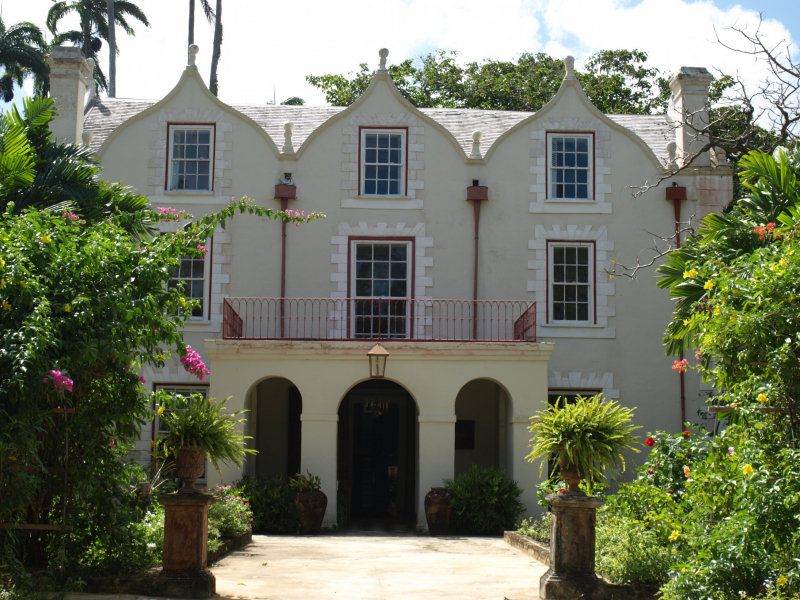
Photo: wikipedia 
Photo: tripadvisor -
George Washington traveled to the Garrison in 1751 and stayed with his ailing brother near Bush Hill. Washington only ever traveled outside of the United States to Barbados. The Washington brothers went to the island in the hopes that Barbados' tropical climate would be able to heal him. All visitors to the island must stop at the George Washington House, which is today renowned as the residence where he resided.
As you move through the house, the presentation changes. To offer visitors an impression of how Washington would have viewed and interacted with the house, the bottom floor has been furnished as it would have been in 1751. A display of artifacts and narratives from the middle of the 18th century is on display on the second level. These cover the history of the slave trade in Barbados, medical procedures, and Barbados' significance to the British Empire.
Items on display, such as barbed-neck collars and spike manacles, as well as equipment used by slaves while working on the plantations, are meant to illustrate the atrocities of the slave trade. Within the Historic Bridgetown and its Garrison region, which is a World Heritage Site, the property was named a UNESCO protected property in 2011. The Barbados National Trust owns and cares for the home.
Location: 39JV+Q8J, Bridgetown, Barbados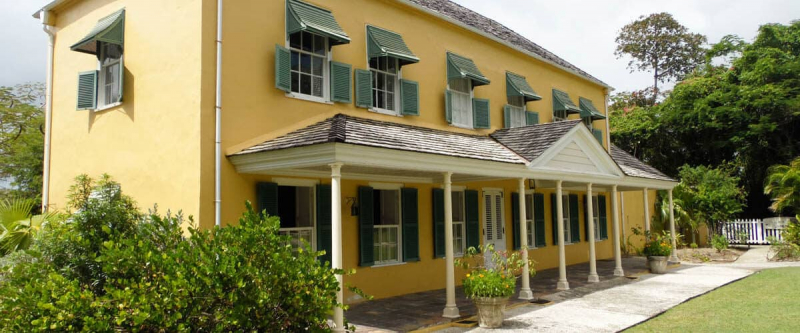
Photo: goworldtravel.com 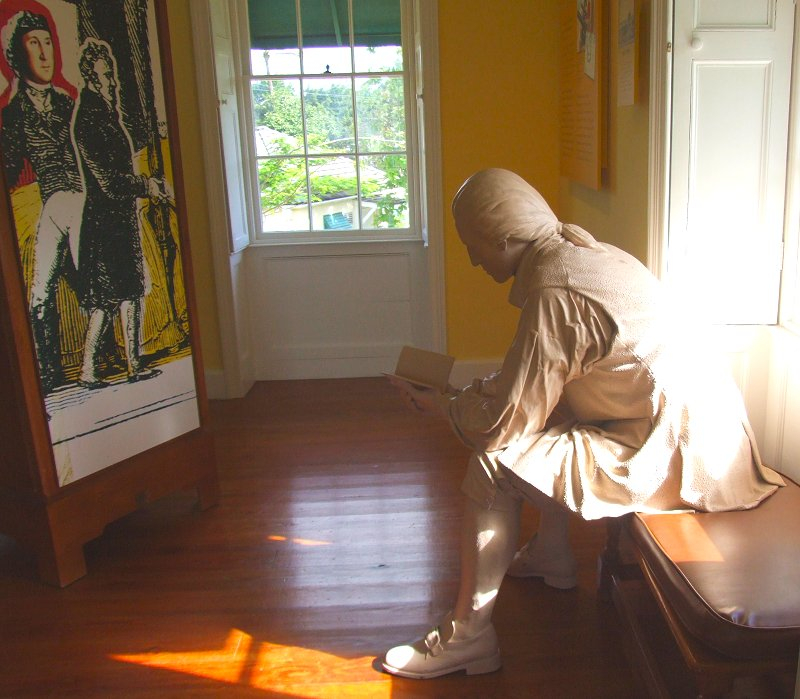
Photo: barbados.org -
The first position on the list of the most beautiful historical sites in Barbados is the St John Parish Church. Although the exact year of construction is unknown, St. John's Parish Church in Barbados is thought to be the first church of St. John. In 1640–1641, St. Michael was divided into the parish and St. George. However, other hurricanes - the Great Hurricane of 1780, the Hurricane of 1675, and the Great Barbados Hurricane of 1831 all caused significant damage to churches. The chancel was erected in 1876 to the current church building, which is the fifth to be constructed. It serves as the model for the modest Barbadian Gothic parish church and features a stunning Westmacott sculpture honoring Elizabeth Pinder to the left of the entrance.
Both locals and visitors find the lovely church, built in the Gothic style, to be an interesting historical site. Given that it is the final resting place of Ferdinando Paleologus, the last descendent of Constantine's second brother and the last Christian Emperor of Constantinople, this church has a long relationship with Istanbul (then known as Constantinople). The burial of Thomas Hughes is situated behind Mr. Paleologus' grave in St. John's Parish Church, among other fascinating discoveries.
Location: 5GM2+WMC, Church View, Barbados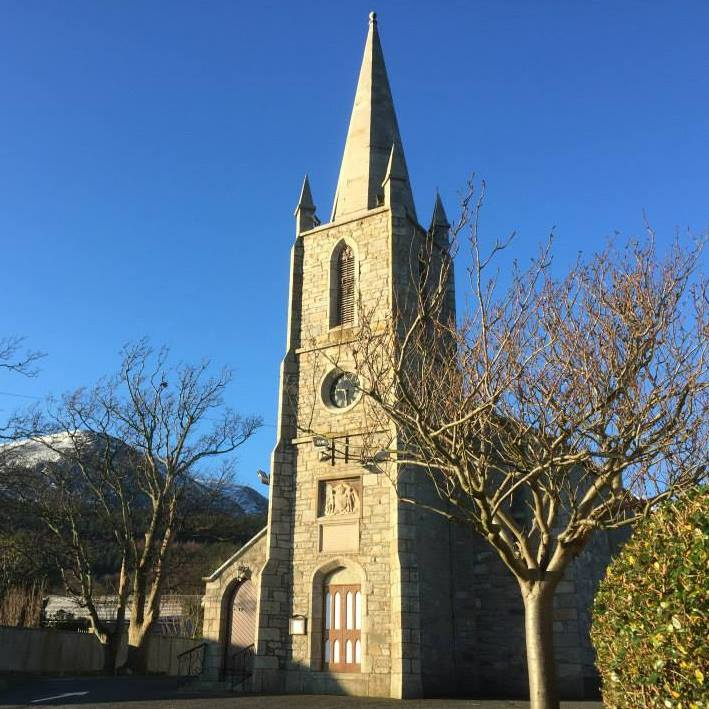
Photo: facebook 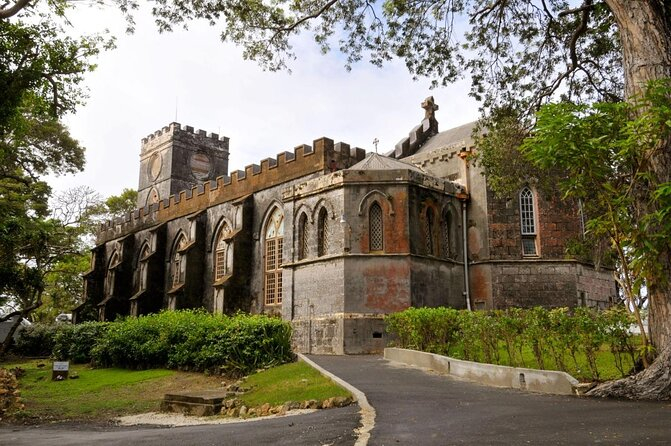
Photo: viator.com -
The former British Military Prison now serves as home to the Barbados Museum, which is situated at the Garrison. In 1930, the prison, whose upper half was constructed in 1817 and the lower section in 1853, became the Barbados Museum and Historical Society's administrative center.
Over 4,000 years of history are covered by the Barbados Museum. It features exhibits on the British Empire, the slave trade, and social, military, and natural history. With a collection of almost 500,000 items, the museum is housed in the former British Military Prison.
The Barbados Museum features displays on the coral structures of the nation, the island's early Amerindian settlers, and a restored plantation house from the 18th century. A library and archive are also available for use in family history research. The Barbados Museum's galleries, which are housed in structures that were once military prisons and are part of Barbados' UNESCO World Heritage Site, showcase the island's rich history, culture, and heritage. Monday through Friday, 9:00 a.m. to 1:00 p.m., the Shilstone Memorial Library is open.
Location: Dalkeith Road, Bridgetown, Barbados
Photo: facebook.com 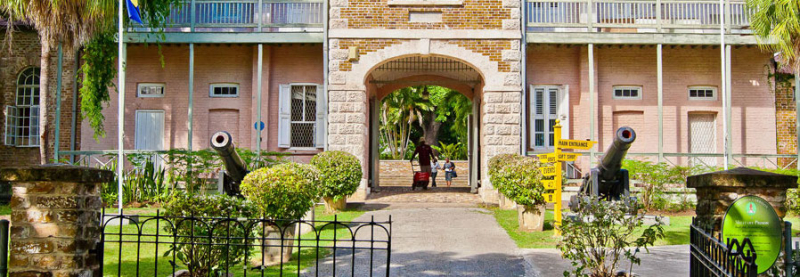
Photo: lcdl.library.cofc.edu -
A public sculpture called the Emancipation Statue represents the "breaking of the chains" of slavery upon emancipation. It can be found in Barbados to the east of Bridgetown near the center of the J.T.C. Ramsay roundabout created at the intersection of Highways 5 and ABC. Plantations were constructed all across the island to produce cotton, sugar, and tobacco after the English took over Barbados in the 17th century. The island's economy increasingly depended on the slave trade. Under Bussa's direction, the biggest slave uprising in Barbados's history occurred in 1816. The Emancipation Statue is one of the most beautiful historical sites in Barbados.
Slavery was still lawful even if the slave trade had been outlawed across the British Empire in 1807 (this would only be abolished in 1834). The idea that emancipation would be implemented gave rise to the insurrection, but it never materialized. Under Bussa's leadership, about 400 slaves assembled and attacked the Bailey's Plantation. Bussa was killed in the conflict, and the British ultimately put an end to the insurrection. Bussa rose to fame, and in 1985 a statue was built in his honor.
Location: Bridgetown, Barbados
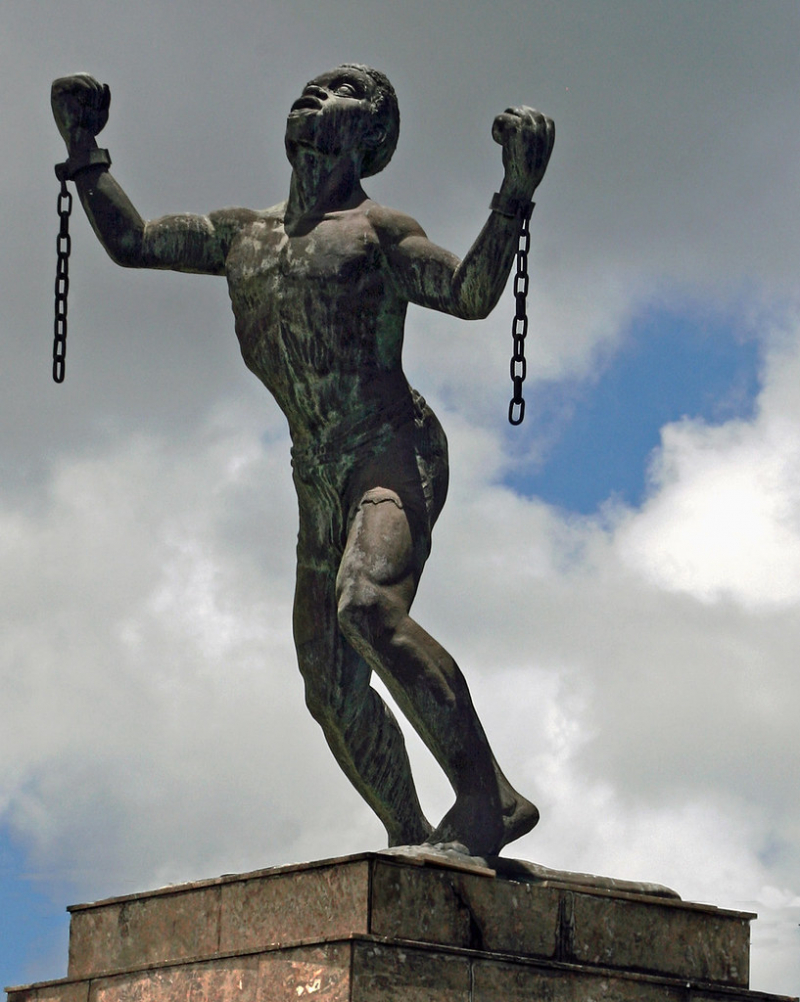
Photo: flickr.com 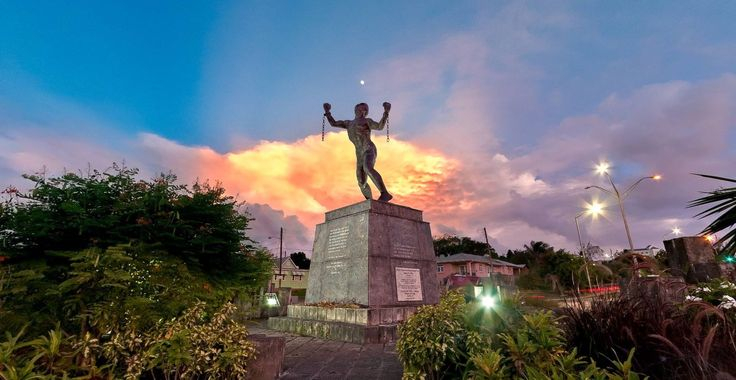
Photo: pinterest.com -
On Barbados' east coast, in the parish of St. Joseph, is where you'll find Blackmans Gully. Blackman's is a component of a network of gullies that run the length of the island and are essential to our ecology. Along with a great variety of plants, some of which have medicinal value, the gullies are home to several creatures, including the Green Monkey.
Blackmans Bridge, which was built before 1682, looks out over the gully. The bridge measures between 35 and 40 meters in length and 3 to 5 meters in width. There are several gullies all across Barbados that maintain and safeguard the island's ecosystem. The gullies are home to many creatures, which promotes the growth of flora and wildlife. It was built to cross a section of a gully that was once or currently is a part of Blackmans Plantation. The Bridge was constructed from limestone rocks that were cemented together using a mixture of sand and white lime.
Boulders of limestone were used to build Blackmans Bridge. A mixture of white lime and sand was used to mortar these together. To give the concoction more power, molasses and egg whites were also added.
Location: 5FQ5+4QX, Bonwell, Barbados
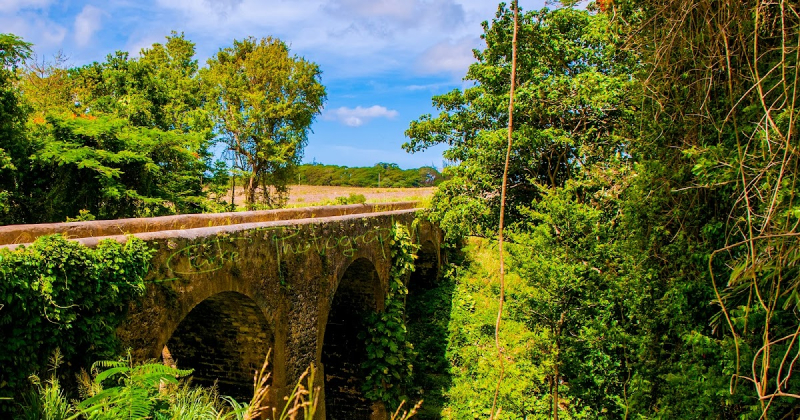
Photo: arbadosinfocus.blogspot.com 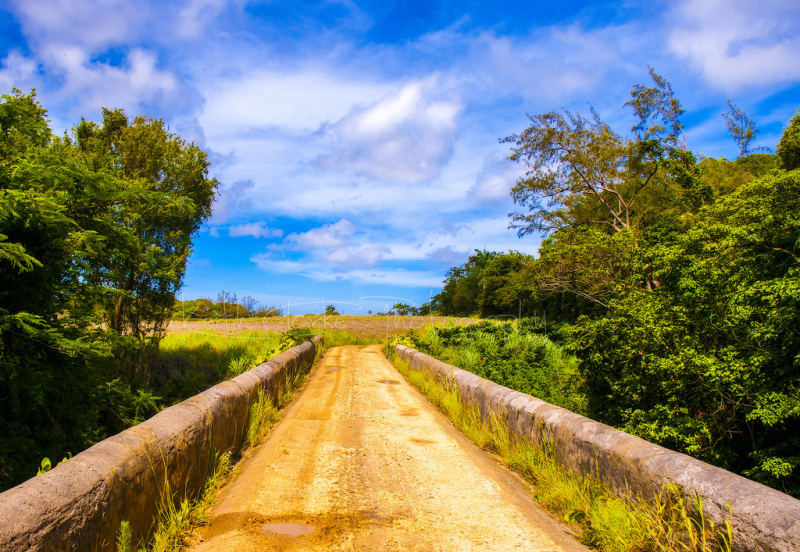
Photo: flickr.com -
Within the UNESCO World Heritage Site, in the center of our capital city Bridgetown, is Screw Dock. The screw dock, also known as a dry dock, is the oldest ship lift still in use today and goes back to the 19th century. After its construction was finished in 1893, the dock served the crucial function of elevating ships for maintenance, cleaning, and repairs.
The dock's 240 feet by 46 feet cage could hold very large vessels and had a lifting capacity of 1,200 tons. Power screws were used in the design of the Screw Dock and the retaining walls were constructed out of hard coral stone, which was easily accessible on the island at the time of construction. The dock was first powered by steam, subsequently, it was upgraded to use electricity.
When visiting Bridgetown, be sure to stop at the Screw Dock. a chance to consider our forefathers' creativity, attention to detail, and hard ethic. Visit the Historical Maritime Centre for a glimpse into the past through artifacts, exhibits, and photographs.
Location: 39WM+5MR, Bridgetown, Barbados
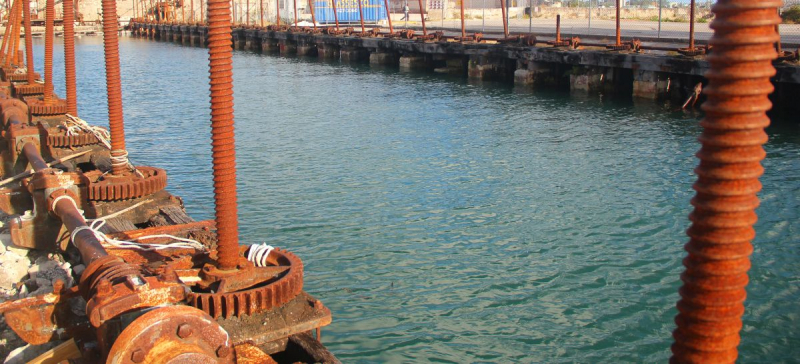
Photo: barbados.org 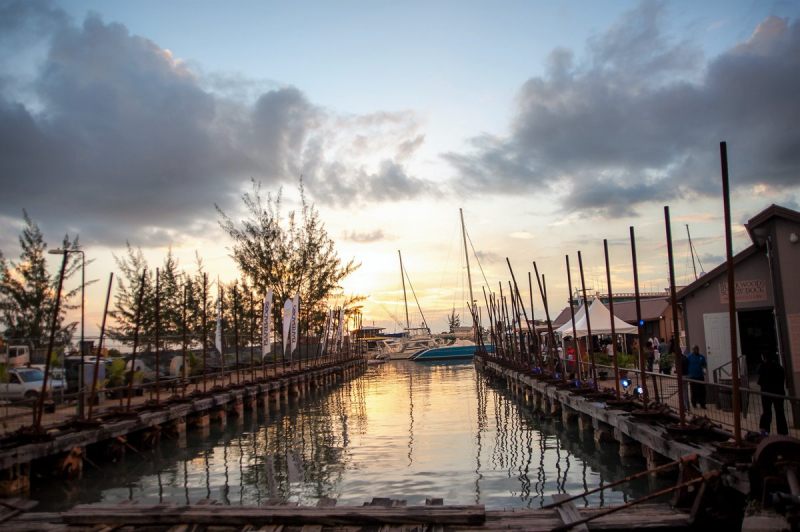
Photo: twitter.com -
The Parliament Buildings are the third-oldest in the Commonwealth and were constructed in 1871. The Senate and House of Assembly are housed in these neo-Gothic buildings. The museum honors Barbados' long history of democracy.
There is a gallery of national heroes in addition to the Museum of Parliament. For their contributions to bringing about positive change in Barbados, the nation's heroes have been honored. Bussa, Sarah Ann Gill, a Methodist who promoted religious tolerance in Barbados, and Errol Walton Barrow, regarded as the island's "father of independence," are among those honored.
The cleverly placed interactive panels provide concise explanations for the dramatic, moving sculptures made by Barbadian and Caribbean artists. Exceptional icons cleverly represent the heroes. Without a doubt, these emblems creatively depict the traits, contributions, and circumstances of each hero's life.
All ages will enjoy visiting the Museum of Parliament and the National Heroes Gallery because to the inventive use of interactive audio and video and the superb, high-quality exhibits. The Museum of Parliament charts the evolution of democracy in Barbados from 1629 to the present, as well as the contribution of the island's residents to this development.
Location: Trafalgar Street, Bridgetown, Barbados
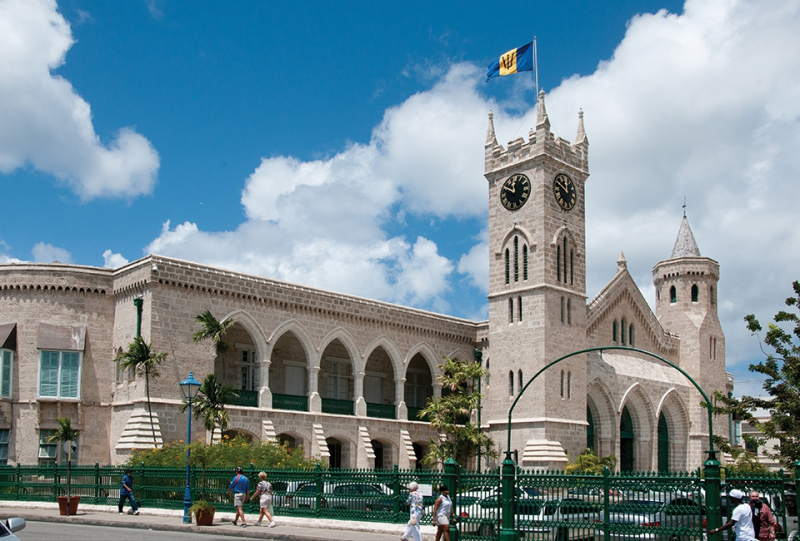
Photo: wherequ.com 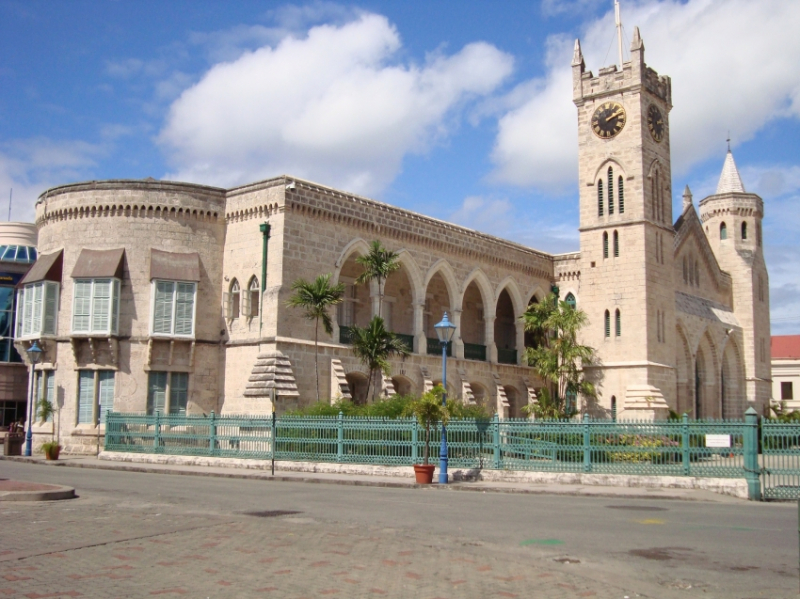
Photo: cityseeker































